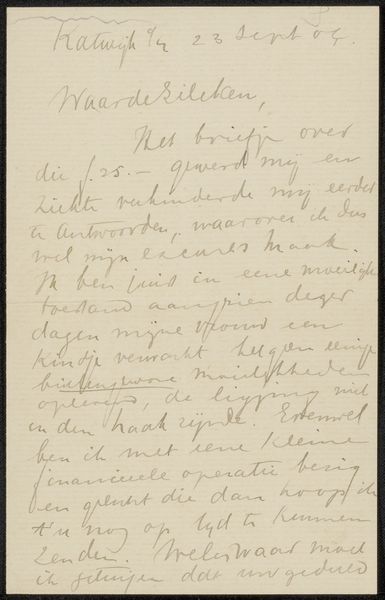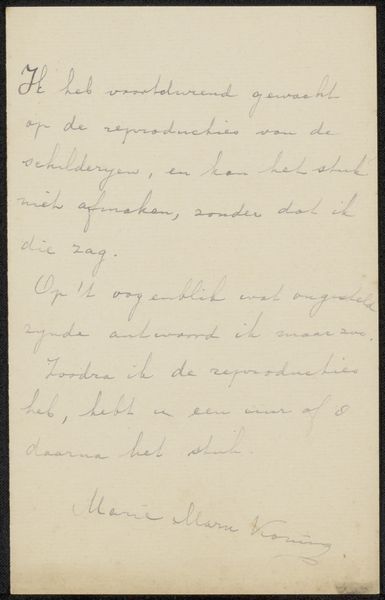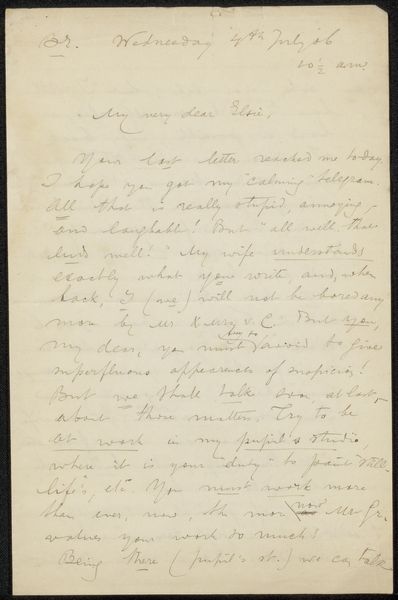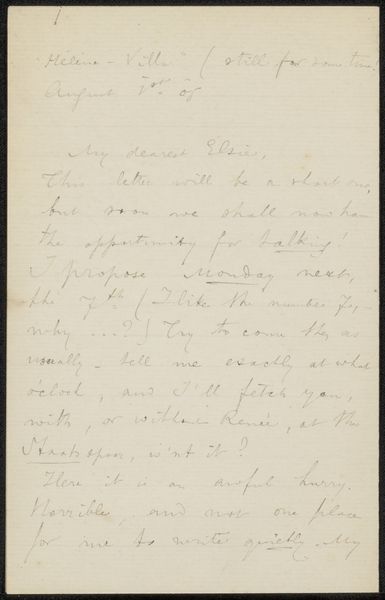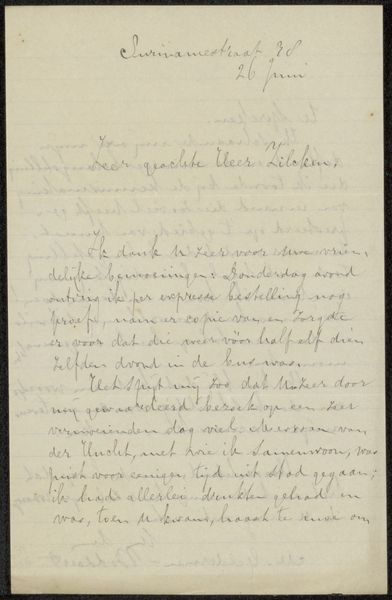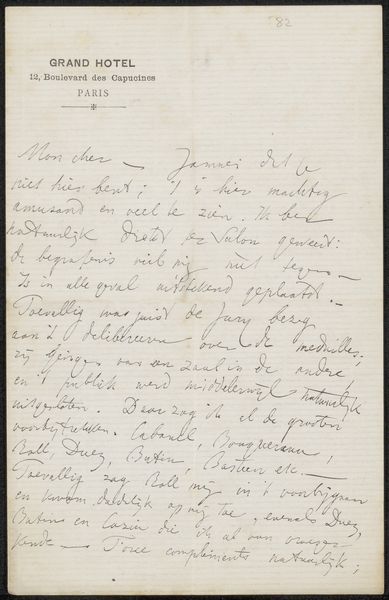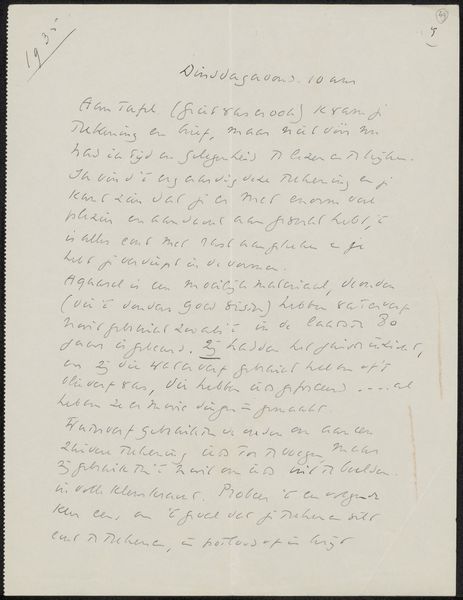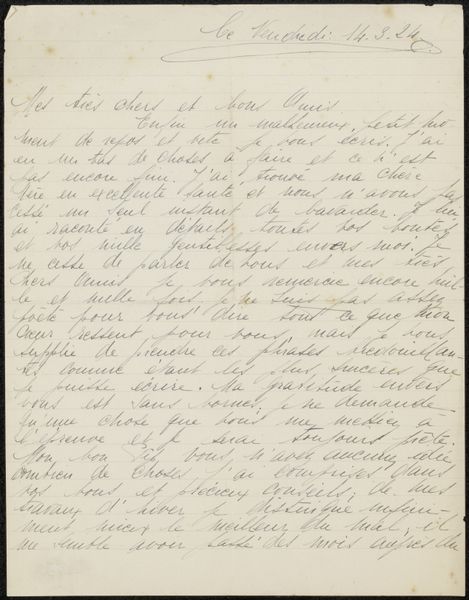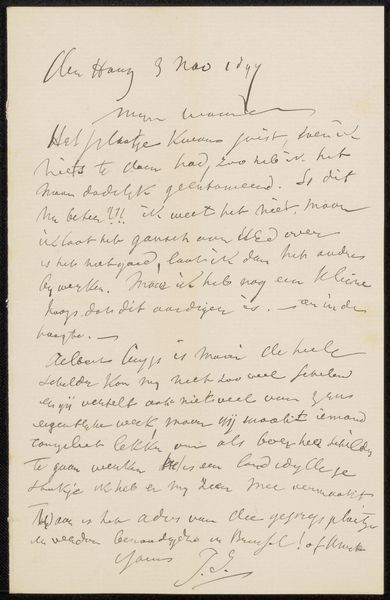
drawing, paper, photography, ink, pen
#
drawing
#
hand-lettering
#
hand drawn type
#
hand lettering
#
paper
#
photography
#
ink
#
pen work
#
pen
#
calligraphy
Copyright: Rijks Museum: Open Domain
Editor: So, here we have "Brief aan Philip Zilcken" by Johannes Cornelis Wienecke, likely created sometime between 1900 and 1913. It's an ink drawing on paper and the overall feeling is very intimate. I'm struck by the artist's beautiful penmanship, but also the letter itself. What story do you think this artwork is telling us? Curator: What I find compelling is the very act of handwritten correspondence, particularly within the context of evolving technologies at the turn of the century. Who was Philip Zilcken and what was their relationship? Was this intimacy deliberately crafted as a rejection of mass-produced communication, reclaiming a personal connection in a rapidly changing world? Also, notice how Wienecke uses calligraphy. Is this purely for aesthetic appeal, or could it be a statement of artistic intent? Editor: That's a fascinating perspective. I hadn’t considered it as a commentary on the shift towards mass production. Do you think that's further emphasized by the inclusion of photography as mentioned in the letter itself? Curator: Precisely! Photography, as a relatively new medium at the time, could be seen as both a tool for democratizing art and a potential threat to traditional artistic practices. By including photographic elements or references within his letter, Wienecke seems to be actively engaging with this complex interplay between technology, art, and personal expression. What is he trying to show Zilcken, and by extension, us? Editor: I see what you mean. Viewing the letter through the lens of social and technological change makes it much more engaging than simply a personal note. It's interesting to consider it as part of a wider discourse. Curator: Exactly. And by doing so, we begin to see the rich, multi-layered meaning embedded within even the most seemingly simple artistic gestures. Thinking about art in context of gender, identity, power, or class brings into view these possibilities. Editor: That's a powerful way to look at it. I'll definitely be thinking about context a lot more moving forward. Curator: Indeed. Considering social contexts offers so much interpretative potential to those willing to look for it!
Comments
No comments
Be the first to comment and join the conversation on the ultimate creative platform.
